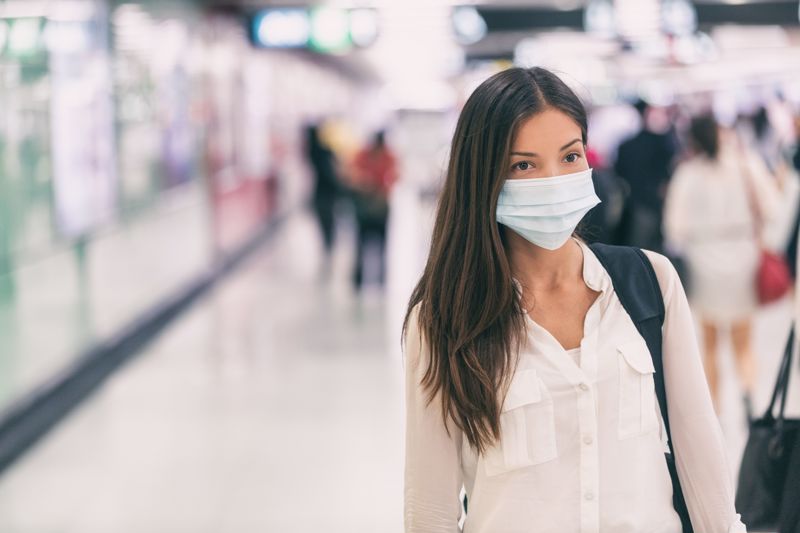Consultants to Contact
- Allison Musso - Vice President & Consulting Actuary (Dallas)
- Bonnie Albritton - Vice President & Principal (Dallas)
- Brian Rankin - Vice President & Principal (Washington, D.C.)
- Brian Stentz - Vice President & Principal (Dallas)
- Cabe Chadick - President & Managing Principal (Dallas)
- Chris Merkel - Senior Vice President & Principal (Kansas City)
- David Dillon - Senior Vice President & Principal (Dallas)
- Daniel Moore - Vice President & Senior Consulting Actuary (Dallas)
- David Palmer - Vice President & Principal (Baltimore)
- Glenn A. Tobleman - Executive Vice President & Principal (Dallas)
- Heather Robinson - Senior Consultant & Director - Underwriting (Kansas City)
- Jamie Fender - Vice President & Consulting Actuary (Dallas)
- Jason Dunavin - Vice President & Senior Consulting Actuary (Kansas City)
- Jeffrey D. Lee - Vice President & Consulting Actuary (Kansas City)
- Josh Hammerquist - Vice President & Principal (Dallas)
- Jing Qian - Vice President & Consulting Actuary (Dallas)
- Jacqueline Lee - Vice President & Principal (Dallas)
- Kevin Ruggeberg - Vice President & Senior Consulting Actuary (Dallas)
- Kim Shores - Vice President & Principal (Kansas City)
- Muhammed Gulen - Vice President & Legal Consultant (Dallas)
- Moshe Nelkin - Senior Consulting Actuary (Dallas)
- Mark Stukowski - Vice President & Principal (Denver)
- Patrick Glenn - Vice President & Principal (Kansas City)
- Robert Dorman - Vice President & Consulting Actuary (Dallas)
- Traci Hughes - Vice President & Senior Consulting Actuary (Dallas)
- Vickie Goodman - Vice President & Director - Compliance (Kansas City)
Testimonial
The national rollout of the COVID-19 vaccines in the U.S. continues apace and at this point, hundreds of millions of people have received at least one dose. As is usually the case with vaccines, and despite some skepticism from a percentage of the population, these shots are proving to be highly effective in combating the spread of the novel coronavirus.
However, there is still more work to be done on this front, according to the Centers for Disease Control and Prevention. As of early May, more than 115 million Americans had been fully vaccinated against the coronavirus — either by receiving two doses of the Pfizer or Moderna vaccines, or the single-dose Johnson & Johnson — but the extremely small number of so-called “breakthrough” cases are getting wide publicity. The fear, of course, is that such publicity could undermine confidence in the effectiveness of these vaccines.
As such, it's important to understand how rare these breakthrough cases are and why they're happening. CDC data suggests that of the 115 million-plus who had been fully vaccinated through April 26, there were about 9,300 cases where one of those people came down with COVID. Of that number, nearly half were experienced by people over the age of 60 and almost two-thirds were women. Meanwhile, close to 3 in 10 were asymptomatic, and only 9% of these breakthrough infections required hospitalization.
In most cases, a variant strain of SARS-CoV-2 was the cause of the breakthrough; that is, the specific strain of COVID-19 the vaccines were meant to protect against was not the issue. Nonetheless, there is significant evidence that the breakthrough cases tend to have more mild symptoms than among non-vaccinated people, and moreover, vaccines offer effective protection against these variants in the vast majority of cases.

A closer look at the rollout
Perhaps more impressive than the rapid speed with which more than 115 million Americans became fully vaccinated is how quickly that rate is now growing nationwide. Separate CDC data indicated that as of the start of May, the number of people that have reached “full vaccination status,” accounts for 35% of the total U.S. population. Nearly 44% of adults in this country are now fully vaccinated. And thanks to the early focus on getting senior citizens vaccinated, over 70% of all seniors nationwide were done with their vaccine regimen.
Moreover, though, over 46% of all Americans have now received at least one dose.
Going forward
Finally, it's also worth noting that these vaccines will likely have to be part of an initial phase in protecting against COVID-19 going forward, rather than an end-all solution. Indeed, testing shows that while the vaccines tend to be at least 90% effective against the virus at least six months after full dosage, there's no clear timeline on when immunity ends. As such, Moderna has already developed a booster vaccine for COVID and believes it will be readily available in the U.S. by the fall, according to CBS News. Experts believe the booster may be critical to keeping infection rates stemming from COVID variants as low as possible.
This is certainly something for everyone to be aware of as time goes on, especially as the vaccination rate increases and life begins to get back to normal.
